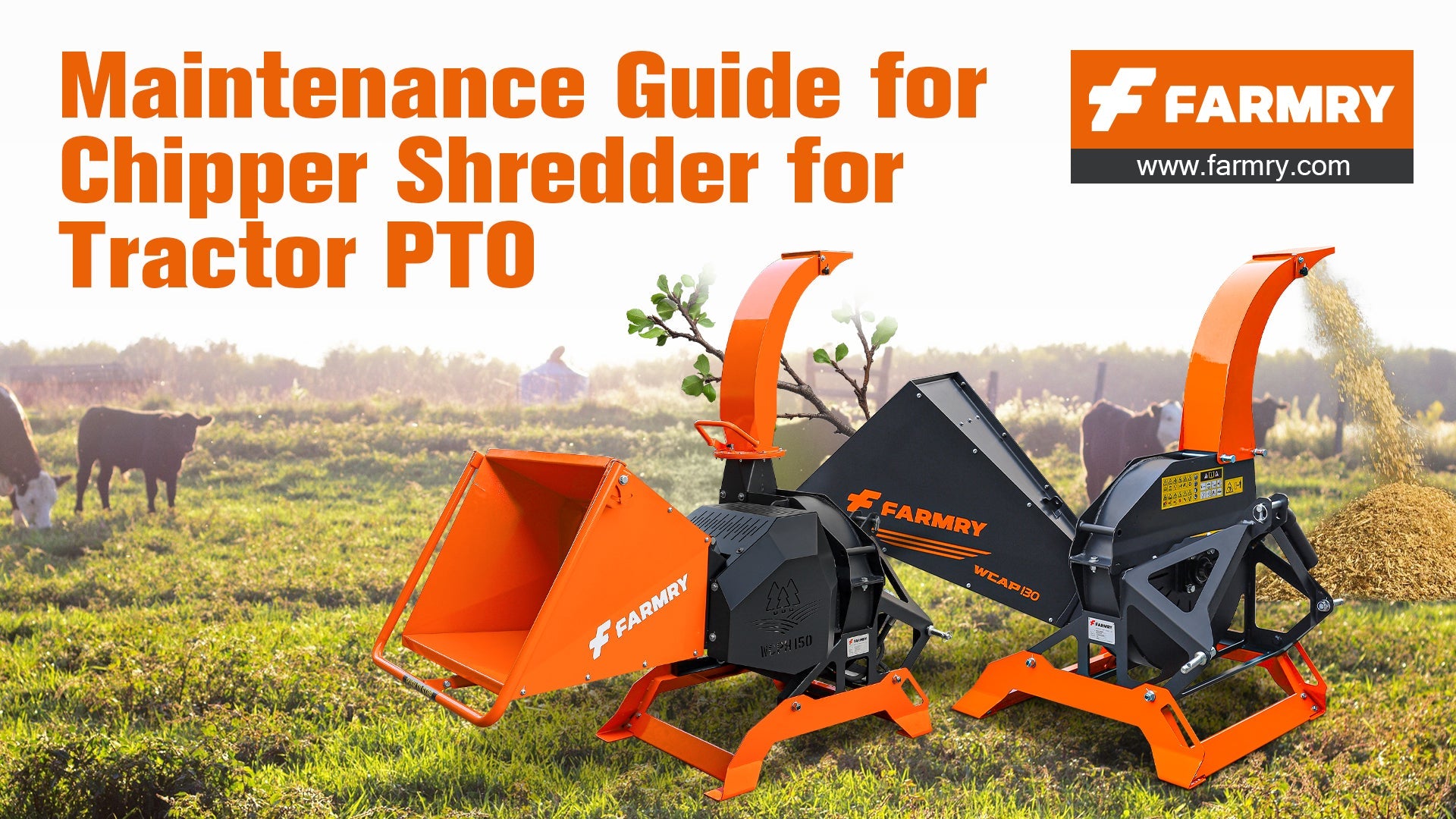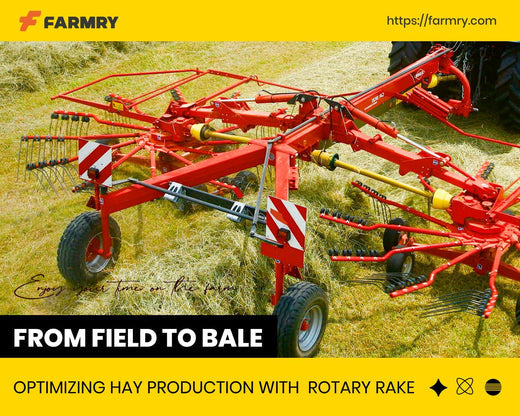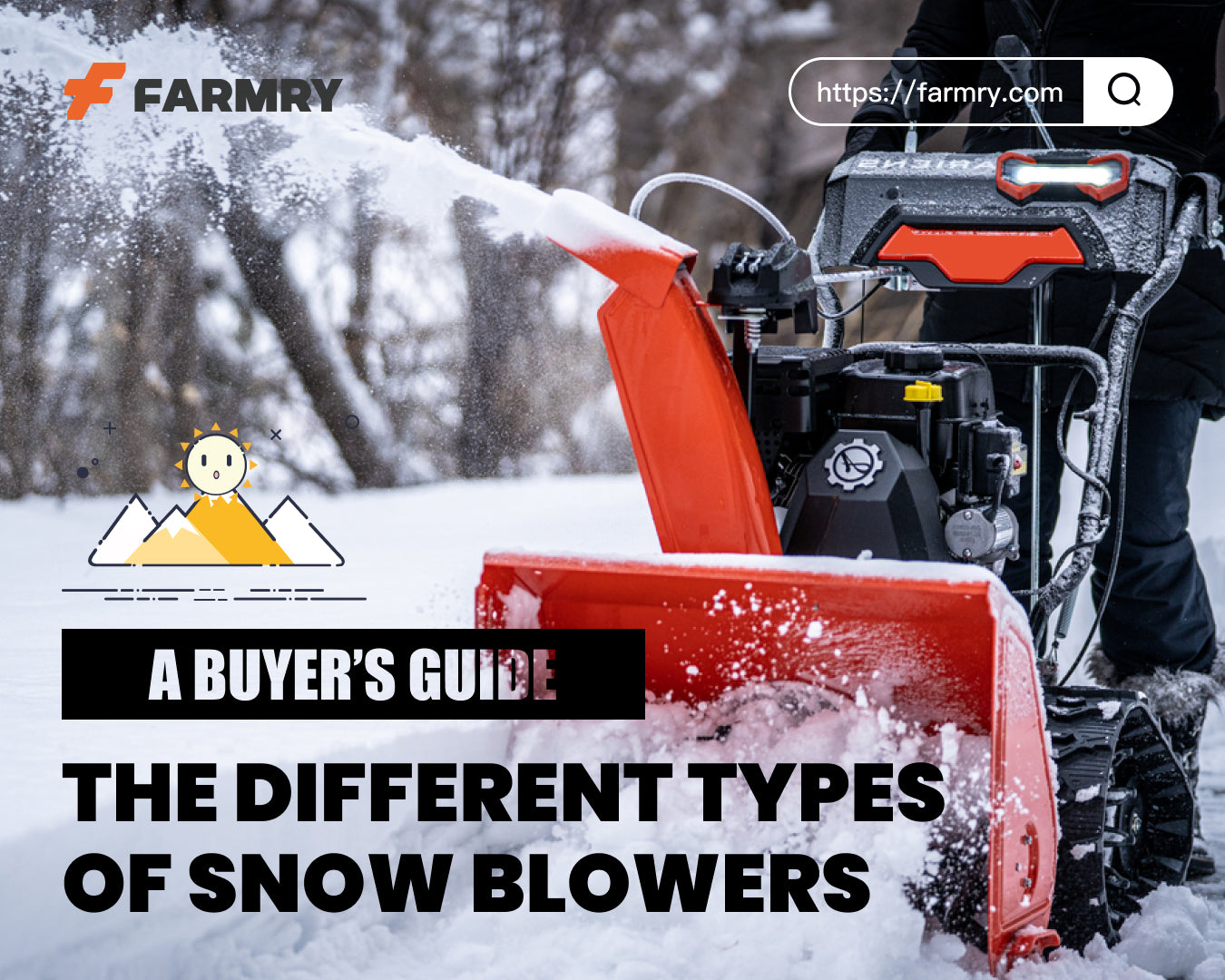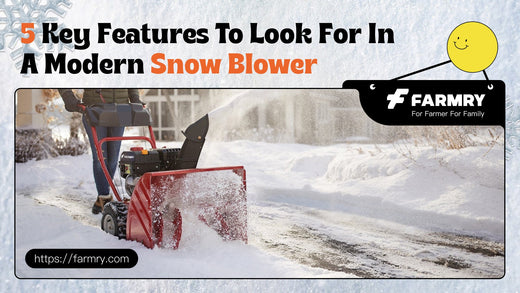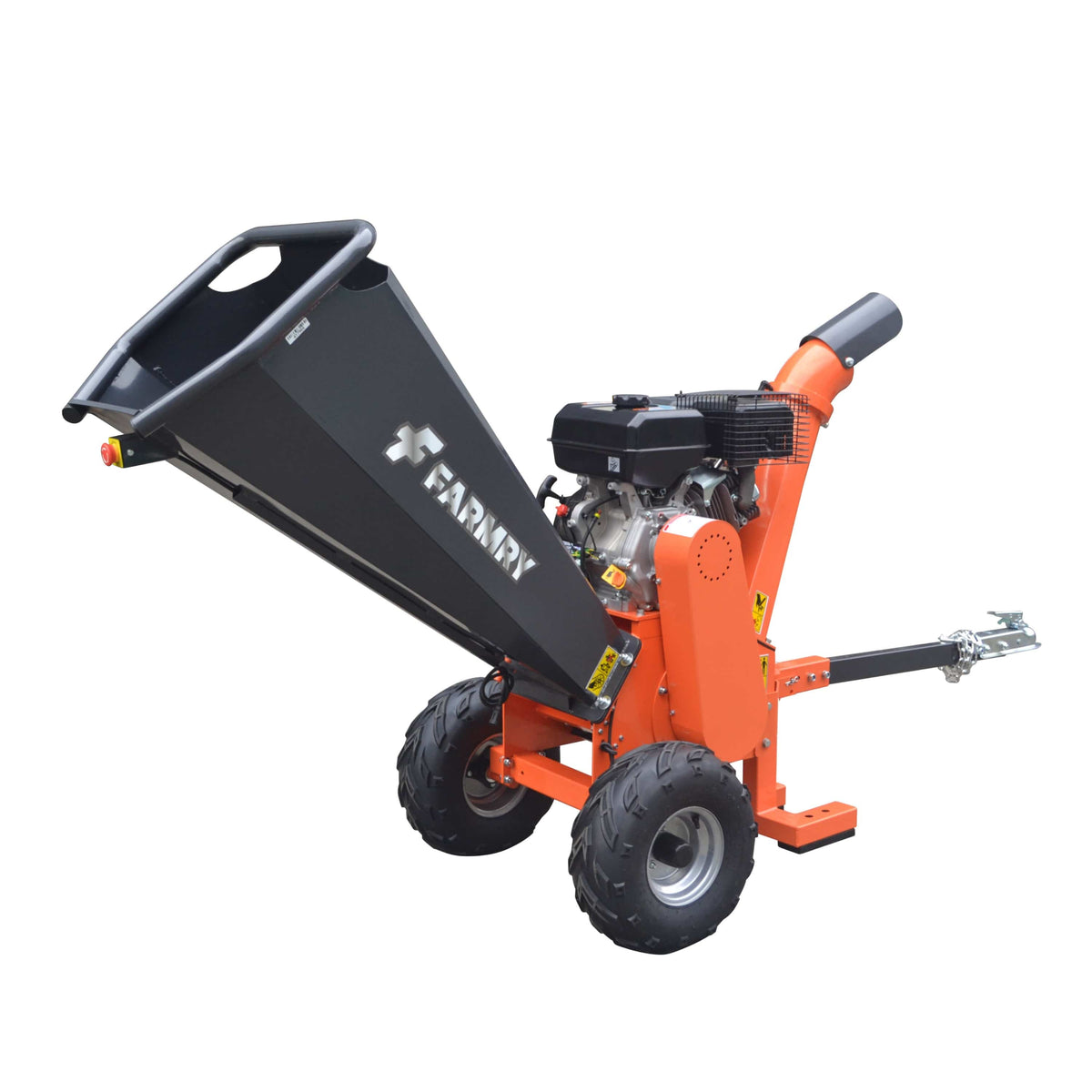PTO Tractor Snow Blower Safety Guide: Keep Your Winter Work Efficient and Secure
 PTO Tractor Snow Blower Safety Guide: Keep Your Winter Work Efficient and Secure
PTO Tractor Snow Blower Safety Guide: Keep Your Winter Work Efficient and Secure
When the snow piles up, few tools are more powerful and reliable for snow removal than a PTO tractor snow blower. Whether you’re clearing long driveways, parking lots, farm roads, or municipal streets, a well-equipped 3 point hitch blower can turn a daunting winter storm into a manageable chore.
But with great power comes responsibility. These snowblowers are heavy-duty machines with fast-spinning augers, driveline systems, and chute mechanisms that require proper handling. In this comprehensive review and guide, we’ll cover everything an operator should know to stay safe while getting the best performance out of their unit.
Why PTO-Driven Snow Blowers Are Different
Unlike standalone gas-powered machines, PTO driven blowers use your tractor’s engine to power the auger and impeller. This means you get significantly more power to tackle the toughest conditions—from packed ice at the street edge to heavy, wet snow piled by plows.
But that same power also means hazards: rotating parts, the potential to scrape pavement, flying debris, and stress on your driveline. That’s why safety practices must be standard operating procedure.
Common Pain Points Operators Face
Before diving into safety rules, let’s acknowledge the real-world issues many buyers and users encounter:
-
Durability vs. cost: Choosing the right features like chute rotation, skid shoes, and optional hydraulic controls without overspending.
-
Visibility: Working in blizzards or at night reduces safety.
-
Damage: Avoiding harm to the unit, tractor, or property when clearing gravel or delicate surfaces.
-
Ease of use: Making sure the 3 point connection and adjustments are easy, especially in freezing weather.
-
Operator fatigue: Long hours clearing large parking lots or municipal streets can increase risks.
Addressing these pain points through awareness and preparation makes all the difference.
Safety Starts Before You Start the Engine
-
Read the Manual: Every unit is different. The manufacturer’s recommendations for setup, lubrication, and operation should always be followed. Think of the manual as the safety page you never skip.
-
Inspect the Snowblower: Check the auger diameter, impeller, chute, and skid shoes. Ensure nothing is bent, broken, or missing.
-
Check the Driveline: PTO shafts should be properly shielded. A damaged or missing cover can lead to severe injury. Never leave the driveline exposed.
-
Set the Skid Shoes Properly: These options control how close the blower cuts to the ground. Set them higher to avoid gravel pickup or lower for a cleaner scrape on paved surfaces.
-
Visibility Gear: Ensure your tractor is equipped with adequate lights and reflective markings. Add mirrors if needed to reduce blind spots, especially on streets.
Safe Operation in the Field
Once you’re set up, follow these standard steps to ensure safe snow blowing:
1. Mounting and Adjustment
-
Always secure the 3 point hitch tightly. Loose connections lead to vibration, poor performance, and potential damage.
-
Double-check the cut height and chute rotation controls before you move.
2. Starting the PTO
-
Engage the PTO slowly. Sudden action can shock the driveline and engine.
-
Never stand near the auger or impeller while engaging.
3. Watching the Chute
-
Always point the chute away from people, vehicles, and buildings. Snow and ice chunks can cause property damage or injury.
-
Adjust the chute to control throw distance in parking lots or narrow streets.
4. Moving with Caution
-
Operate at a steady, moderate speed. Going too fast risks clogging the blower; too slow reduces efficiency.
-
Be mindful of the edge of pavement or gravel drives. A deep cut can pull in rocks, damaging the unit.
5. Avoiding Clogs and Jams
-
If the blower clogs, shut off the engine and disengage the PTO completely before attempting to clear it.
-
Keep a tool handy—never use your hands near the auger or impeller.
Optional Features That Improve Safety
When shopping for a new snow blower, certain features not only boost convenience but also enhance operator safety:
-
Hydraulic Chute Rotation & Deflector: Keeps your hands off manual cranks.
-
Adjustable Skid Shoes: Lets you tailor the cut for gravel vs pavement.
-
Shear Bolts / Pins: Protects the driveline by breaking under heavy load instead of damaging the gearbox.
-
Cab Enclosures: Improves visibility and protects operator life from wind and blowing snow.
-
LED Lights: A must for street and parking lot clearing at night.
These options may add cost, but they’re often worth the investment when considering safety and long-term performance.
Preventing Damage to Property and Equipment
One of the top complaints in any review of snow blowers is property damage—to lawns, gravel, or the unit itself. Here’s how to avoid it:
-
Set skid shoes higher on gravel to avoid picking up rocks.
-
Use rubber or poly cutting edges to reduce risk of scratching paved streets.
-
Never try to cut too deep in a single pass; multiple lighter passes reduce strain on the engine and driveline.
-
Watch for hidden obstacles like curbs, hoses, or extension cords buried under snow.
The #1 Thing: Operator Awareness
Ultimately, the most important safety thing is operator judgment. Stay alert, take breaks, and always recommend training for new users. Fatigue or distraction is a leading cause of accidents.
End-of-Season Safety and Maintenance
Once winter ends, proper storage and maintenance can extend the life of your snowblower:
-
Clean off salt, dirt, and ice buildup before putting the unit away.
-
Lubricate moving parts and inspect wear items like skid shoes and shear pins.
-
Store in a dry area to avoid rust.
-
Review the maintenance page in the manual and set reminders for next season.
Category Recap: Who Needs PTO Snow Blowers Most?
Different categories of operators benefit from PTO snow blowers, each with unique priorities:
-
Farm owners: Need durability and quick access in the toughest conditions.
-
Municipal crews: Prioritize performance and visibility on streets.
-
Homeowners with acreage: Want ease of use and minimal property damage.
-
Contractors: Value reliability, options, and quick serviceability.
Whatever the category, the action is the same: stay safe, choose the right features, and follow best practices.
Final Thoughts
A PTO tractor snow blower is one of the most powerful snow removal tools available. Built to handle the toughest conditions, these 3 point hitch machines deliver unmatched performance when operated safely.
By focusing on setup, standard precautions, and optional safety features, you’ll extend the life of your unit, protect your tractor, and keep yourself safe.
So, before the next storm hits, take the time to prepare, inspect, and respect your equipment. It’s the best recommendation any operator can follow.

